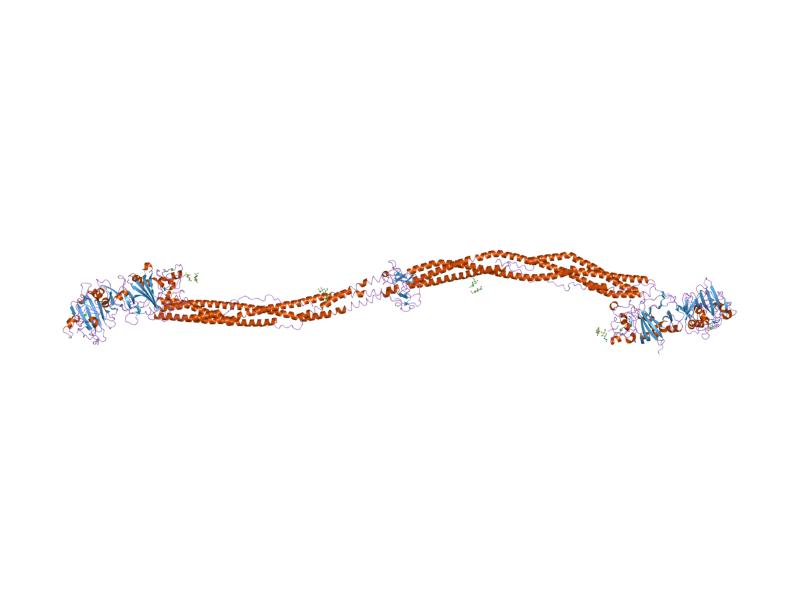It has been well established that there are a variety of plasma proteins playing essential roles in the wound healing process. Yet, the ability for using these molecules in a clinical capacity has been limited. Although now, investigators at the University of Bremen, Germany, have employed a plasma protein found in blood to develop a new method for making wound-healing tissue scaffolds. The research team’s new scaffold can be attached or detached from a surface, for either in vitro laboratory tissue studies or direct applications in the body.
“The protein we used is called fibrinogen,” explained senior study investigator Dorothea Brüggemann, PhD, a professor and group lead at the institute for biophysics within the University of Bremen. “It is an extracellular glycoprotein found in blood plasma and plays a major role in wound healing by assembling into a fibrous network to form a provisional extracellular matrix (ECM) that helps with wound closure.”
Findings from the new study were published recently in Biofabrication through an article titled “Fabrication of 3D-nanofibrous fibrinogen scaffolds using salt-induced self-assembly.”
Due to its versatile molecular interactions, fibrinogen is often processed into hydrogels and fibrous scaffolds for cell culture and tissue engineering applications in vitro. However, existing ways of doing this—such as electrospinning or the preparation of fibrin hydrogels—use organic solvents, high electric fields, or enzymatic activity, which change the molecular structures or native protein functions of fibrinogen.
To solve this, the team wanted to find out if they could develop a simple and well-controllable way to make three-dimensional scaffolds while retaining fibrinogen’s properties.
“We introduced a novel biofabrication technique to prepare three-dimensional, nanofibrous fibrinogen scaffolds by salt-induced self-assembly. For the first time, we were able to fabricate either free-standing or immobilized fibrinogen scaffolds on demand by tailoring the underlying substrate material and adding a fixation and washing procedure after the fiber assembly,” the authors wrote. “Using scanning electron microscopy, we observed that different buffers including phosphate buffered saline and sodium phosphate reproducibly yielded dense fiber networks on bare and silanized glass surfaces, gold as well as polystyrene upon drying. Fibrillogenesis could be induced with a fibrinogen concentration of at least 2 mg ml−1 in a pH regime of 7–9. Fiber diameters ranged from 100 to 300 nm, thus resembling native fibrin and ECM protein fibers.”
“For the first time, we were able to assemble fibrinogen into dense, three-dimensional scaffolds without using high voltages, organic solvents, or enzymatic activity,” Brüggemann added. “Our biofabrication process can be controlled simply by adjusting the fibrinogen and salt concentration, and the pH range.”
The dimensions of the scaffolds reached diameters in the centimeter range and a thickness of several micrometers. With 100 to 300 nm, the diameters of self-assembled fibers were in the range of native protein fibers.
“By adjusting the salt concentration, we could prepare fibrinogen scaffolds with overall dimensions in the centimeter range and a thickness of 3 to 5 μm,” the authors penned. “Using FTIR analysis we observed peak shifts of the amide bands for fibrinogen nanofibers in comparison to planar fibrinogen, which indicates changes in the secondary structure. Since fibrillogenesis was only induced upon drying when salt ions were present, we assume that protein molecules were locally oriented in the respective buffers, which—in combination with the observed conformational changes—led to the assembly of individual molecules into fibers.”
The research team was excited by their findings and are looking ahead toward potential applications and increased testing on a variety of wounds and patient groups.
“This novel class of fibrinogen nanofibers holds great potential for various biomedical applications,” Brüggemann concluded. “For example, in future studies on blood coagulation, our immobilized fibrinogen nanofibers could provide a valuable in vitro platform for initial drug screening. On novel wound healing applications, it will be highly interesting to study the interaction of fibroblasts and keratinocytes with our free-standing fibrinogen scaffolds.”



